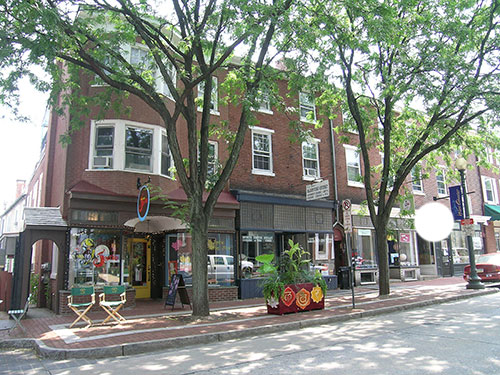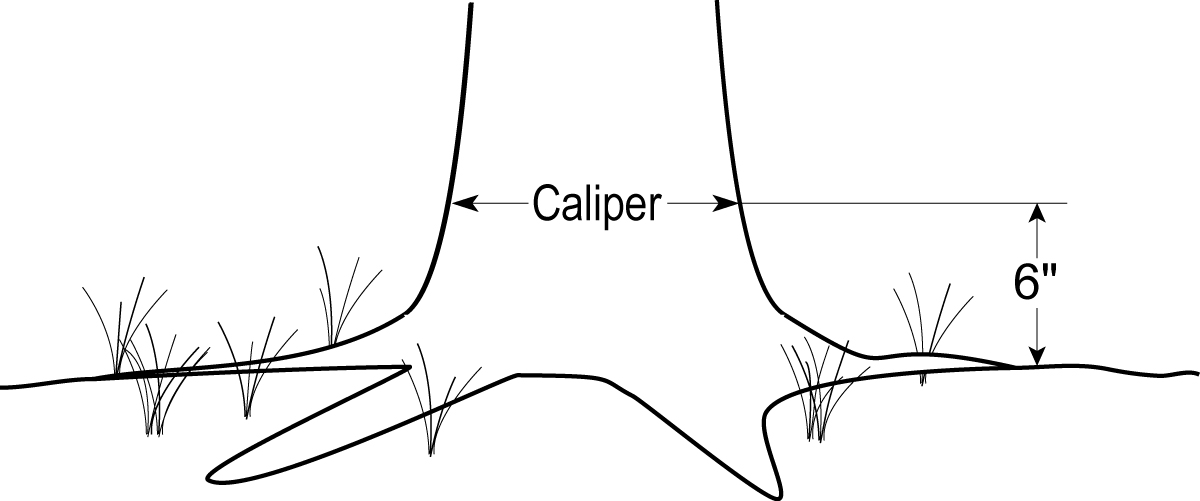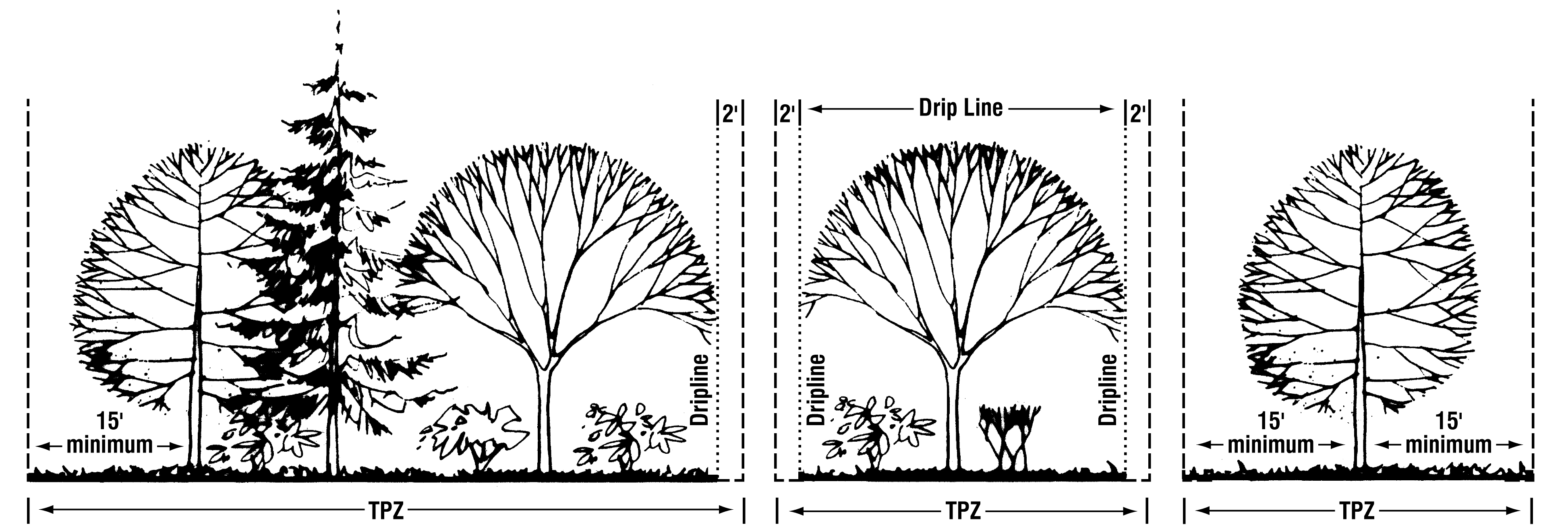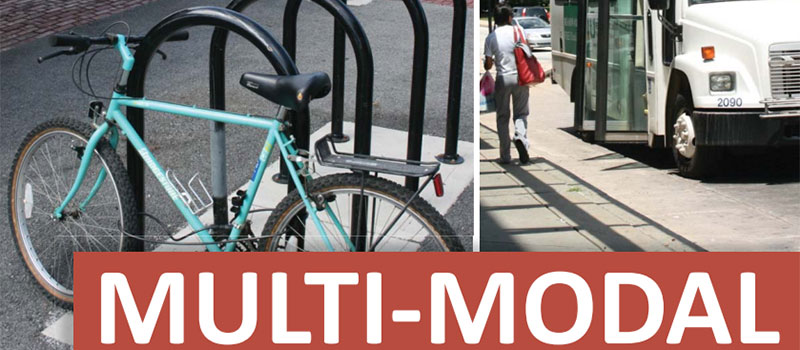Landscape Material
Landscape Material
Trees, shrubs, and other plantings utilized in parking lots, streetscapes, and buffer areas.
Comments
Landscape material greatly enhances the attractiveness and appeal of commercial and residential developments, contributes to community character, and provides environmental benefits. Trees, shrubs and groundcovers provide many benefits, including:
- creation of a comfortable human scale environment;
- reduction of the urban heat island effect over large expanses of paving and thus extension of the paving lifespan;
- improved air and water quality;
- increased safety as a traffic calming element; and,
- reduced traffic noise.
Street Tree
A tree that is currently located or proposed for planting along streets, highways, or parking lots. Such trees can be located on private property or on publicly-owned land.
When planning a streetscape, parking lot, or buffer area that is to include plant material, several factors should be considered when selecting plant species, including:
- the mature height and spread;
- the potential for root system damaging sidewalks and pavements;
- maintenance requirements such as the leaf and fruit litter; and,
- tolerance to pruning and adaptability to the street environment.
Plantings should always be located outside the clear sight triangle and should be several feet from the edge of the curb to allow for the openings of vehicle doors and free movement of passing vehicles. Drivers must be able to see between vegetation therefore plantings within or near the clear sight triangle should be trimmed to 2.5 feet high or should hang no lower than 8 feet. See also the INTERSECTIONS design element.
Requirements for street trees should be included in the subdivision and land development ordinance and be applied to all types of subdivisions and land developments.
Requiring the right types of trees and appropriate spacing between trees during the plan review stage is important to avoid fixing costly mistakes at a later date. The use of native species (a species that occurs naturally within a region, either evolving there or arriving and becoming established without human assistance) should be encouraged, if not required.
Recommendations

Street trees in West Chester,PA.
- Trees shall be located so as not to interfere with the installation and maintenance of sidewalks and utilities.
- Clear sight distances must be maintained at all intersections and driveway entrances. See also INTERSECTIONS design element.
- Trees to be installed should be a minimum three (3) inch caliper and a minimum of eight (8) feet in height at planting.
- Municipalities should include a street tree planting list that includes preferred species of plant materials with mature height and width. Trees placed in streetscapes, parking lots, or other urban environments in close proximity to paving shall be resistant to salt and de-icing compounds, not subject to disease or blight, able to withstand concentrated heat from large paved surfaces, and have deep root systems to prevent cracked pavements and sidewalks. One local resource listing such trees is the Philadelphia Parks & Recreation Recommended Street Tree List.
- Municipalities should provide a list of preferred native species of plant materials as their use is strongly encouraged. Non-native species may be planted to serve specific purposes as long as they are not also invasive species. One local resource for native species information is the Brandywine Conservancy.
- Trees with potential susceptibility to infectious disease or pathogens should be avoided, such as Ash trees (fraxinus species) due to the current spread of the Emerald Ash Borer.
- Trees with limited lifespans and structural issues should be limited to areas where their falling will not impact public safety or property. One such species is the 'Bradford' pear.
- Trees planted within urban environments should be planted within a space that allows for proper root growth. This may be accomplished through the use of continuous linear tree trenches, structural soil, silva cells or a combination thereof.
- Existing trees located between the cartway and right-of-way that meet the minimum caliper and height requirements may be used to satisfy the planting requirements if approved by the municipality. Existing trees to be preserved and used to satisfy street tree requirements shall be protected during construction phase through the use of a tree protection zone (TPZ) or similar tree protection standards.
- Planting Plans should be prepared by a Registered Landscape Architect in the Commonwealth of Pennsylvania or equivalent professional. This is a requirement in many municipalities.
- All plant material should conform to the standards for nursery stock of the American Association of Nurserymen.
Caliper
The diameter of a tree six (6) inches above ground level.



This is an example of a good parking lot landscape installation.


